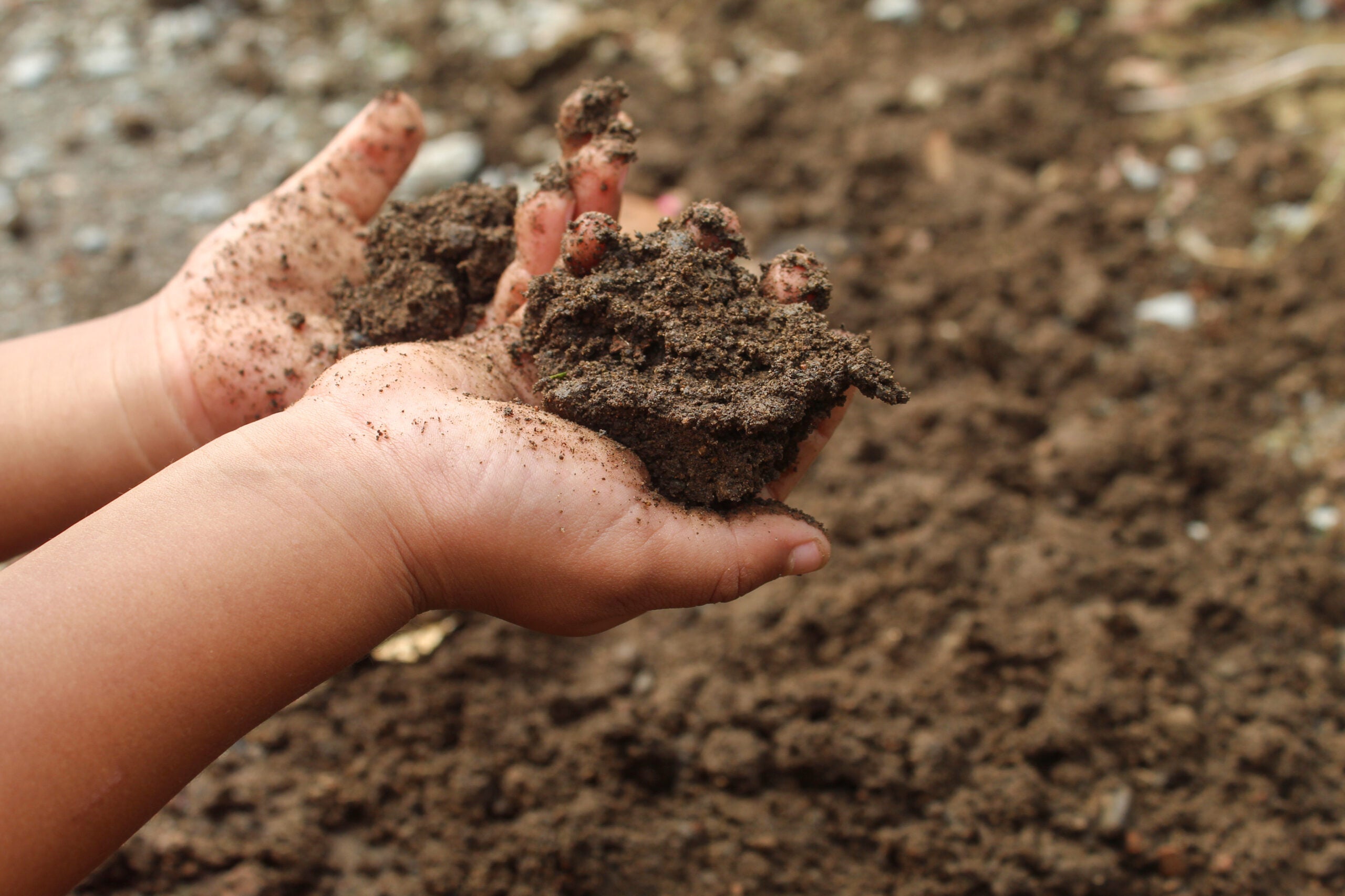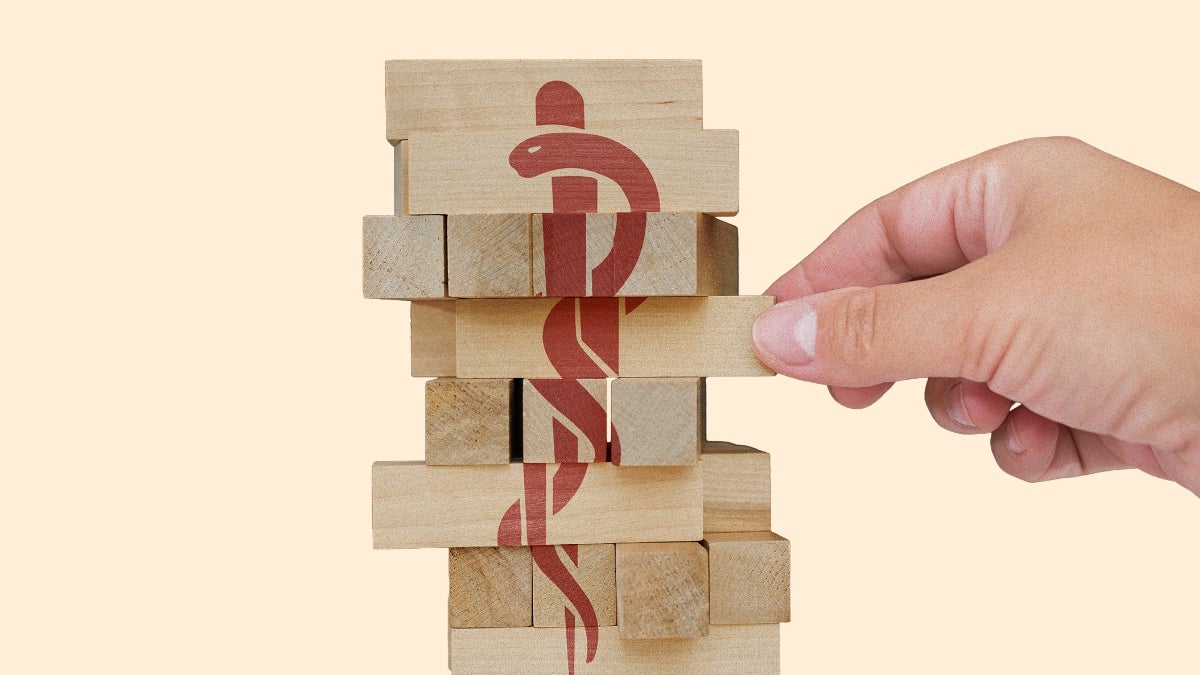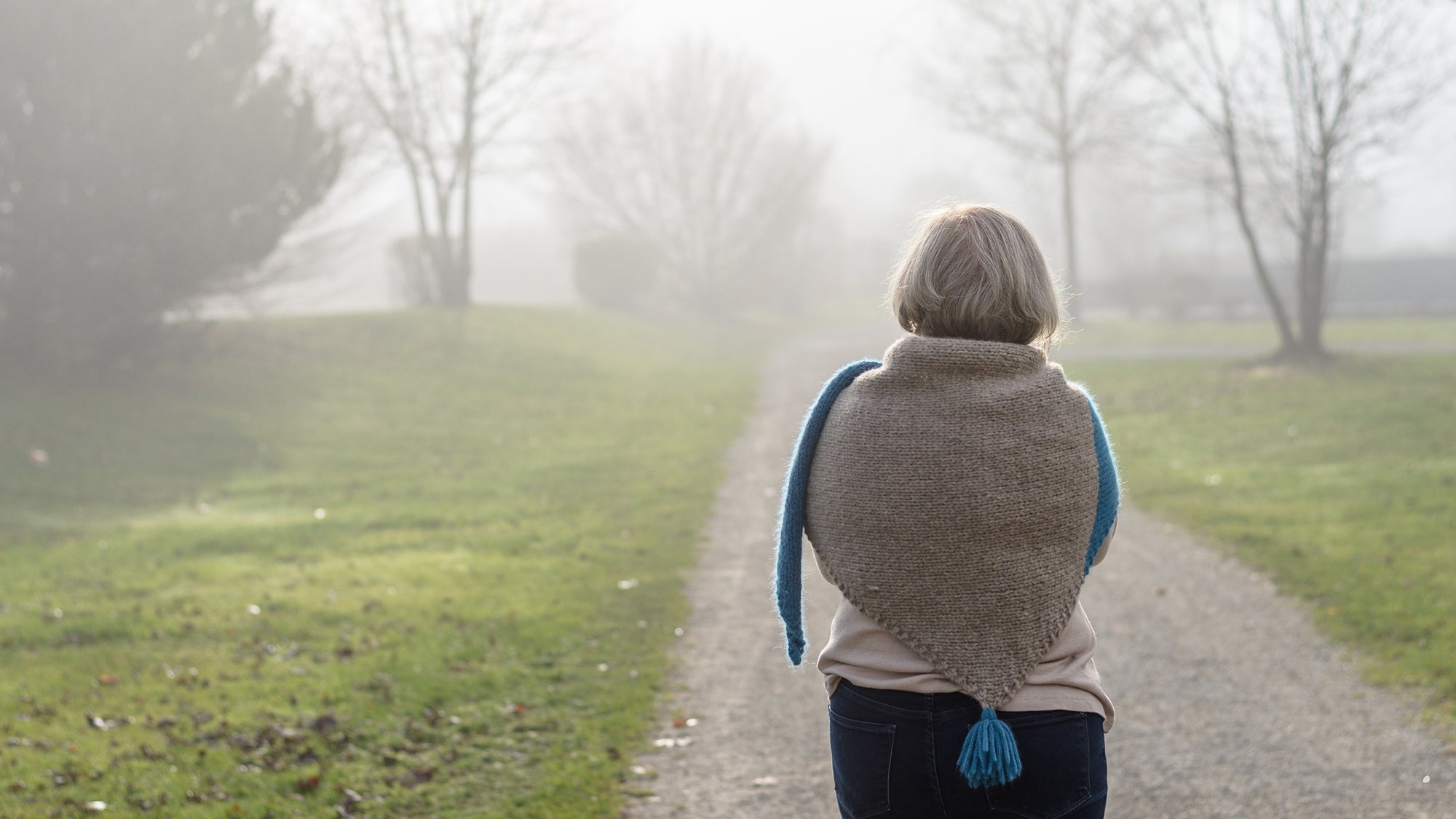Are current lead limits strict enough to keep children safe?

A new commentary suggests that the safety threshold for lead in soil should be reduced in order to better protect young children, and more testing is needed on fire-affected homes in LA area
For Immediate Release:
Urban wildfires in Los Angeles have highlighted the increased risk of soil lead exposure, especially for young children, and the current approach to mitigating this risk in L.A. does not accurately reflect the current understanding of risks to children from lead, according to a new commentary published today in Nature from researchers at the Harvard T.H. Chan School of Public Health and the Center on the Developing Child at Harvard University.
The LA fires in January 2025 devastated neighborhoods and left potential environmental hazards on burn sites as well as unaffected homes. “Urban fires burned through structures and materials containing lead, such as paint and plumbing, as well as arsenic and other toxic metals,” write the authors. “While the immediate aftermath of wildfires understandably centers on loss of life and property, environmental health threats posed by legacy contaminants in soil can persist for years after flames are extinguished.”
Air quality monitors in the LA area revealed an alarming 110-fold increase in atmospheric lead levels immediately after the fires, and soil testing later confirmed elevated lead levels in areas downwind of the Eaton fire. This poses a long-term risk of exposure, particularly for biologically sensitive populations like young children, through contact with contaminated soil or inhalation of lead dust.
”Young children’s developing biological systems are highly sensitive to influences from their developmental environment, and lead exposure at a young age poses a risk to all of these systems, particularly for brain and cognitive development,” says Lindsey Burghardt, co-author of the commentary and Chief Science Officer at the Center for the Developing Child at Harvard University. “It is critical that we implement actionable solutions to protect young children from lead exposure after a wildfire, which will have positive impacts for their health and well-being across the lifespan.”
The commentary is recommending two critical reforms:
- Soil testing (specifically “post-clearance confirmatory” testing) should be required after wildfire cleanup, as has been done for every major wildfire in California since 2007.
- The California’s residential Preliminary Remediation Goal (PRG) — the target threshold that residential soil should meet in order to be considered safe — for lead in soil should be lowered from 80 mg/kg to 55 mg/kg to reflect updated science and health-protective standards.
“People all want to know the same thing, ‘Is it safe?’ The current policy was falling behind the science when it came to addressing lead in soil after the fires,” said Joseph Allen, co-author of the commentary, and Professor of Exposure Assessment Science at the Harvard T.H. Chan School of Public Health. “There are some basic steps people can take to help reduce their exposure: wash hands, don’t track in soil into your home, keep surfaces clean, upgrade indoor air filtration and use portable air cleaners.”
Drs. Allen and Burghardt, as well as the rest of the Commentary authors, are all a part of the LA Fire HEALTH Study Consortium. The LA Fire HEALTH Study was started in response to the need for answers in the wake of the LA fires. In an unprecedented collective scientific effort to understand the short- and long-term health impacts of wildfires, researchers from Cedars-Sinai; Harvard T.H. Chan School of Public Health; the Keck School of Medicine of USC; Stanford; University of California, Davis; University of California, Irvine; University of California, Los Angeles (David Geffen School of Medicine, Fielding School of Public Health, UCLA Health); University of Texas at Austin; and Yale have launched a 10-year study of LA fires.
“Our collaborative work with the LA HEALTH consortium is unprecedented and this lead finding is one example of how scientific research can help the public in real time to protect and help the community,” said Kari Nadeau, co-author of the commentary, and Chair of the Department of Environmental Health at Harvard T.H. Chan School of Public Health.
Read the full Commentary: Allen, Azimi, Pei, Ferguson, Burghardt, Nadeau. “Post-Fire Soil Hazards: Recommendations for Updated Soil Testing Protocols and Clearance Thresholds.” Journal of Exposure Science and Environmental Epidemiology. August 8, 2025 https://doi.org/10.1038/s41370-025-00796-w
Read a Fact Sheet about the Recommendations here.
Media Contacts:
Carly Stearnbourne, Harvard T.H. Chan School of Public Health
cstearnbourne@hsph.harvard.edu, 617-571-2268
Rebecca Hansen, Center on the Developing Child at Harvard University
rebecca_hansen@harvard.edu, 617-320-2883


